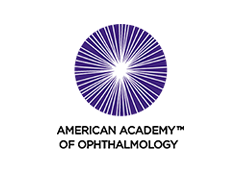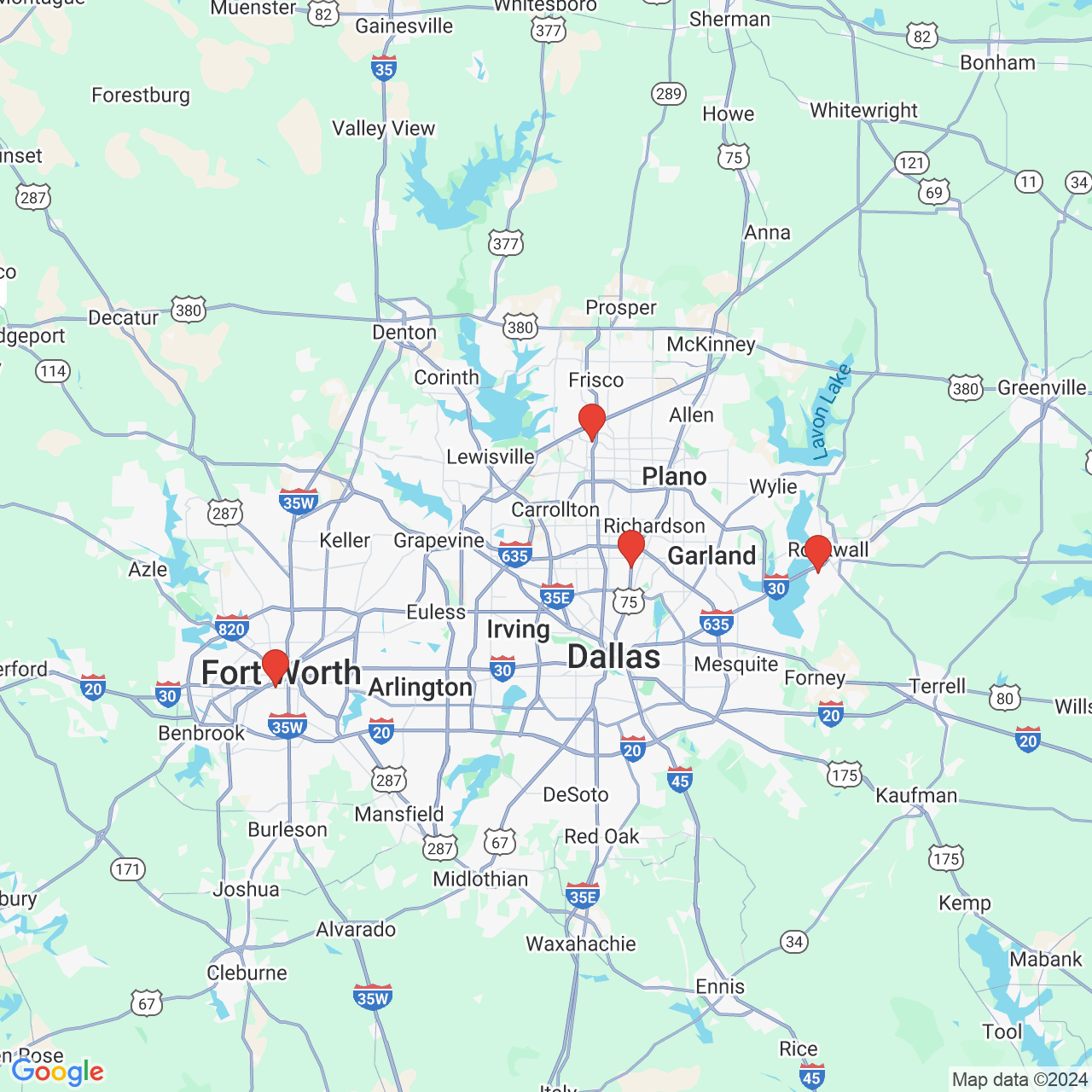Cornea Associates of Texas Ophthalmologists Providing The Highest Standard of Care

Cornea Associates of Texas is dedicated to achieving exceptional results through friendly service, outstanding pre-and-post surgical care, and advanced surgical techniques.
Our experienced LASIK surgeons and ophthalmology staff are qualified to provide a full range of laser eye surgery procedures, including cataract surgery, LASIK, and PRK. We also provide treatment for eye diseases such as dry eye, glaucoma, and keratoconus at all three of our office locations in Dallas, Fort Worth, and Plano, TX.
Call to request a consultation with our ophthalmologists:
(214) 949-4517
Your Vision Is Invaluable Here Is Our Ophthalmologists' Gift to You
Bring this gift certificate to your free consultation to receive $500 towards bilateral laser vision correction. This offer is valid through December 31, 2024.
"When I needed LASIK, I trusted my eyes
to Cornea Associates of Texas." Andy Dalton - Professional Quarterback, NFL
2022 Top 100 Places to Work Brought to You By The Dallas Morning News
For 10 consecutive years, Cornea Associates of Texas has been recognized as one of the Top 100 Places to Work by the Dallas Morning News. Back in the Top 10 this year, Cornea Associates has been ranked as high as the #1 Small Business and Dr. Gelender was recognized as one of the Top 3 CEOs.
Awards and Recognitions Our Ophthalmologists Have Received

Our ophthalmologists, Dr. C. Bradley Bowman and Dr. Jamie Alexander were recently honored by Newsweek Magazine as one of the "175 best Ophthalmologists in the United States."

Our LASIK surgeons have been honored for their achievements and contributions to the field of ophthalmology not only by their peers, but also by D Magazine, which conducts an annual poll of the best LASIK surgeons in Dallas, TX.

Our ophthalmologists, Dr. C. Bradley Bowman, Dr. Joshua Zaffos, and Dr. Andrew C. Bowman were recently honored by Fort Worth Magazine as one of the Top Doctors in Tarrant County.
Affiliations
Our Featured Procedures State-of-the-Art Vision Correction

LASIK
LASIK (or laser-assisted in-situ keratomileusis) is a popular type of laser eye surgery that is used to correct refractive errors such as nearsightedness, farsightedness, and astigmatism. Our LASIK surgeons use the advanced JNJ Star S4 excimer laser to perform LASIK surgery as precisely and safely as possible. We combine our laser technology with advanced iDesign software to plan highly customized surgeries that help patients minimize—and in some cases, eliminate—their need for contact lenses or glasses.

PRK Eye Surgery
Like LASIK eye surgery, PRK (or photorefractive keratectomy) uses a laser to reshape the cornea and correct nearsightedness, farsightedness, and astigmatism. During PRK surgery, our surgeons will use a laser to remove tissue from the cornea, reducing refractive issues and improving your vision. Unlike LASIK surgery, PRK does not require a corneal flap and is a good option for patients who might not qualify for LASIK eye surgery because of thin corneas or irregular astigmatism. However, PRK requires a lengthier recovery time.

Cataract Surgery
Cataract surgery is the only way to get rid of cataracts that cloud your eye lenses and make driving, reading, and everyday tasks more difficult. Our eye surgeons can perform cataract surgery to remove your clouded lens and replace it with an intraocular lens (IOL). At our offices in Dallas, Fort Worth, and Plano, TX, we offer premium IOLs that can restore focus at near, far, and intermediate distances. After undergoing cataract surgery with premium IOLs, many patients experience a minimized need for glasses and contact lenses.

Corneal Surgery
Corneal diseases or corneal irregularities can severely compromise your vision. If you or a loved one are suffering from corneal disease or corneal abnormalities, our cornea specialists can provide advanced surgical care. Depending on your needs, our ophthalmologists can perform a corneal transplant, partial cornea transplant, corneal cross-linking, or place Intacs® corneal implants to help you overcome your vision issues and see clearly once again.
All Procedures & Services
LASIK
- LASIK Overview
- Types of LASIK
- What to Expect
- Why Choose Us
- LASIK Statistics
- FAQ
- PRK
- Evo ICL
- Our View
Technology
Cornea Disease
Corneal Surgery
Cataract Surgery
- Cataract Surgery Overview
- About Cataracts
- Multifocal and Premium Presbyopic IOL
- Toric IOL
- Traditional IOL
Eye Info
Cornea Associates of Texas Review

"The entire team is awesome."
"I now have had both cataracts removed and state of the art multi focal lens inserted in each eye. The world is now brighter and more colorful! I can also see in the distance and read without reading glasses! Dr. Bowman took the time to review and explain each procedure with me. The entire team at Cornea Associates is awesome from the time I checked in at the front desk to the tech who does the initial workup."
-Margaret Yard





















